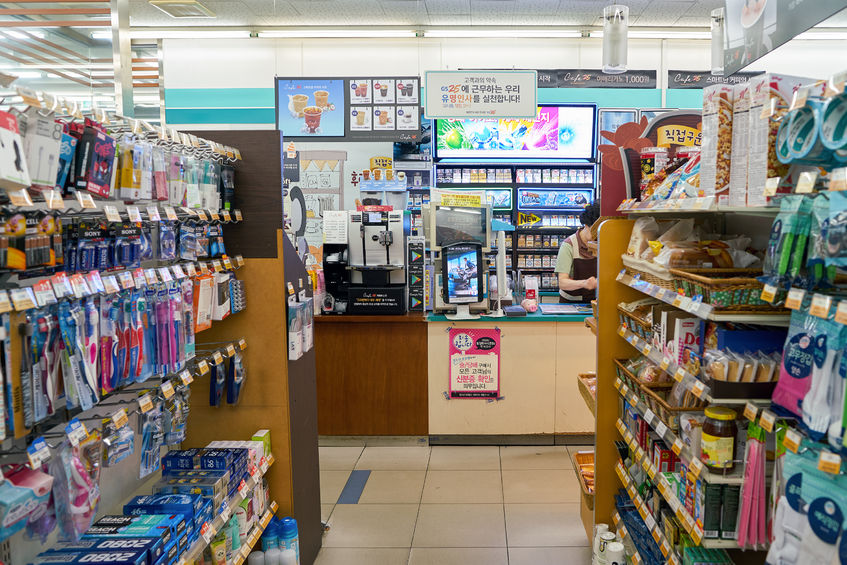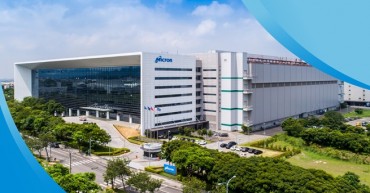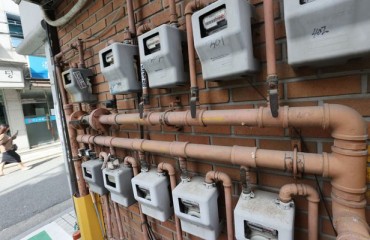SEOUL, Feb. 17 (Korea Bizwire) — The slump in fortunes at large discount stores is continuing and the growth of convenience stores is accelerating in line with social changes, including an increase in the number of single-person households and the rising popularity of online shopping.
Amid such circumstances, convenience store chains made more money than large supermarkets last year.
GS25 posted record operating profits of 256.5 billion won (US$217 million) last year, while CU also reported record-high operating profits of 196.6 billion won.
The operating profit to sales ratio also rose to 3 percent for both GS25 and CUs, up from last year.
On the other hand, Emart Inc., the operator of South Korea’s largest discount store chain, saw its operating profit plunge 67.4 percent to 105.7 billion won last year, trailing behind GS25 and CU.
In 2018 alone, GS25’s operating profit stood at 192.2 billion won, CU at 189.5 billion won and E-Mart at 462.8 billion won, an indication of how the retail landscape is changing.
Homeplus Co., the second-largest retail giant in South Korea, is also struggling, though the company has yet to release its financial report from last year.
Meanwhile Lotte Mart, the country’s third-largest retailer, announced it was closing a number of stores last year and posted an operating loss of 24.8 billion won.
The boom at convenience stores is attributed to an increase in single-person households, growth of the simple meal market and convenience stores transforming into a lifestyle platform despite the overall decline in offline distribution.
“Although there is still a big difference in sales volume, this is the first time that operating profit has caught up with Emart,” said a source from the convenience store industry.
The source further added that “it is a clear indicator that large discount stores are waning while convenience stores are flourishing.”
Ashley Song (ashley@koreabizwire.com)







